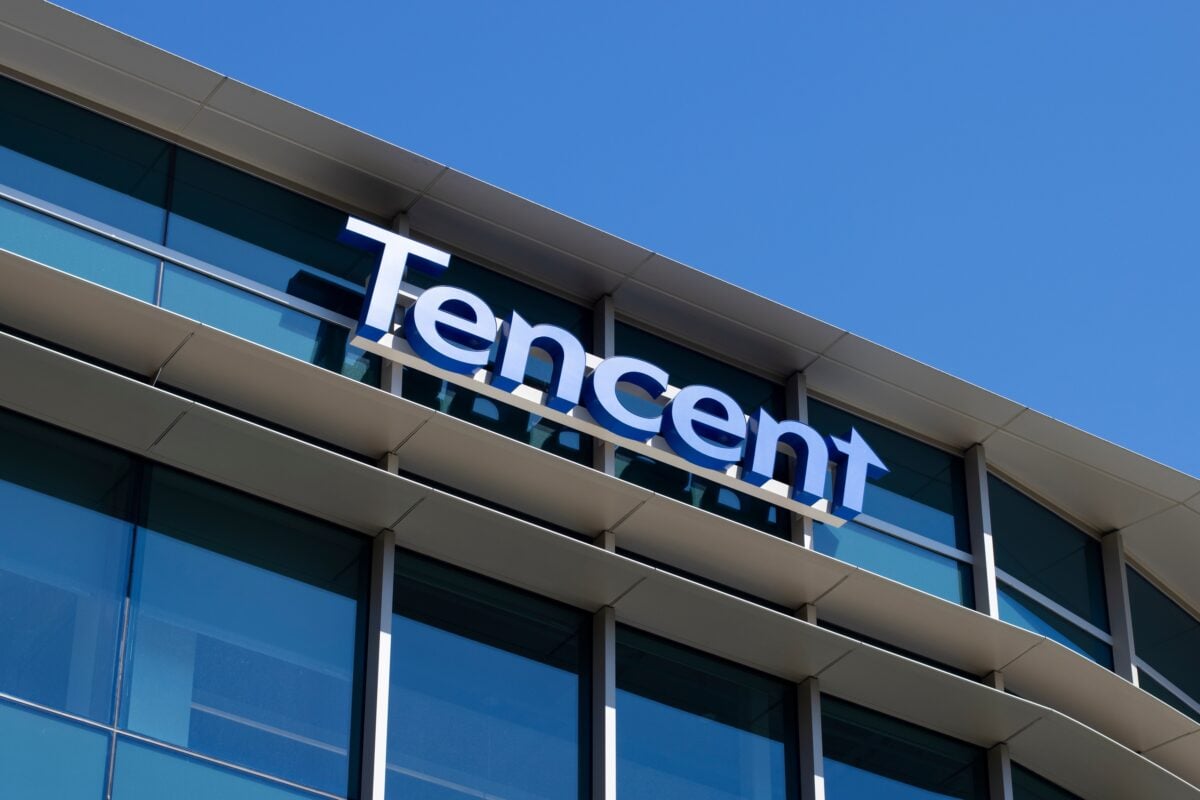Apple’s newest iPhone model posted solid gains in China during its opening weeks on store shelves, bucking a trend of declining purchases across the country’s mobile device industry.
The latest model accounted for nearly 80% of all Apple phone purchases in China since its September 19 release date, according to Counterpoint’s findings. The launch attracted crowds of several hundred shoppers to the company’s main Beijing location on opening day, showing continued customer interest even as local rivals Xiaomi and Huawei ramp up competition.
The positive results come as China’s overall mobile phone industry struggles with weak buyer appetite. The country’s smartphone sector saw sales slip 2.7% during the third quarter when measured against the previous year, Counterpoint reported.
Looking at both major markets, the iPhone 17 range outperformed its predecessor by 14% when comparing the first ten days of availability in the United States and China. These numbers provide the earliest concrete measure of how shoppers responded in Apple’s two largest markets.
The standard iPhone 17 model, priced at $799, attracted significantly more buyers than the equivalent version from last year. Industry watchers credit three key improvements: a better screen, increased storage capacity, and the new A19 processor chip.
On the premium end, the iPhone 17 Pro Max proved especially popular with American buyers. The high-end device drew customers who purchased their previous phones during the pandemic years and held off on replacing them until now, Counterpoint noted. The company’s most expensive handset features its strongest camera system yet, better cooling technology, and the most substantial design changes seen in several years.
iPhone revenue remains critical despite AI setbacks
The California-based tech company still generates roughly half its total income from iPhone sales. Apple has maintained healthy sales numbers despite stumbles in developing artificial intelligence capabilities. Chinese buyers continue waiting for the company to launch Apple Intelligence features in their country.
Last month, Apple’s chief executive Tim Cook traveled to China and committed to increasing the company’s financial commitments there. This came despite warnings from President Donald Trump about potential taxes on goods manufactured overseas.
Cook held talks with Li Lecheng, China’s Minister of Industry and Information Technology. The minister pushed Apple to strengthen ties with Chinese parts suppliers. Cook responded by promising greater collaboration with the country. China remains Apple’s largest market beyond American borders and serves as a crucial production center for the company.
Apple’s manufacturing diversification continues
Though Apple has worked to spread its manufacturing operations beyond China in recent years, including growing phone assembly work in India, the country still produces most iPhones through partnerships with Foxconn Technology Group and Luxshare Precision Industry Co.
The company plans to grow its American manufacturing footprint while building production capabilities in additional countries. Apple is getting ready to manufacture new home technology products in Vietnam to reduce reliance on Chinese factories.
The sales figures highlight Apple’s ability to maintain its position in a challenging market where domestic brands have gained ground and overall demand remains sluggish.
Want your project in front of crypto’s top minds? Feature it in our next industry report, where data meets impact.
Source: https://www.cryptopolitan.com/iphone-17-reverses-sales-in-china/


